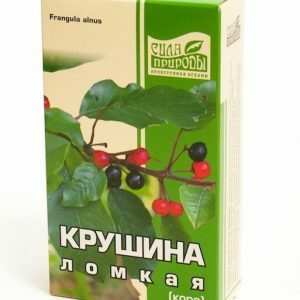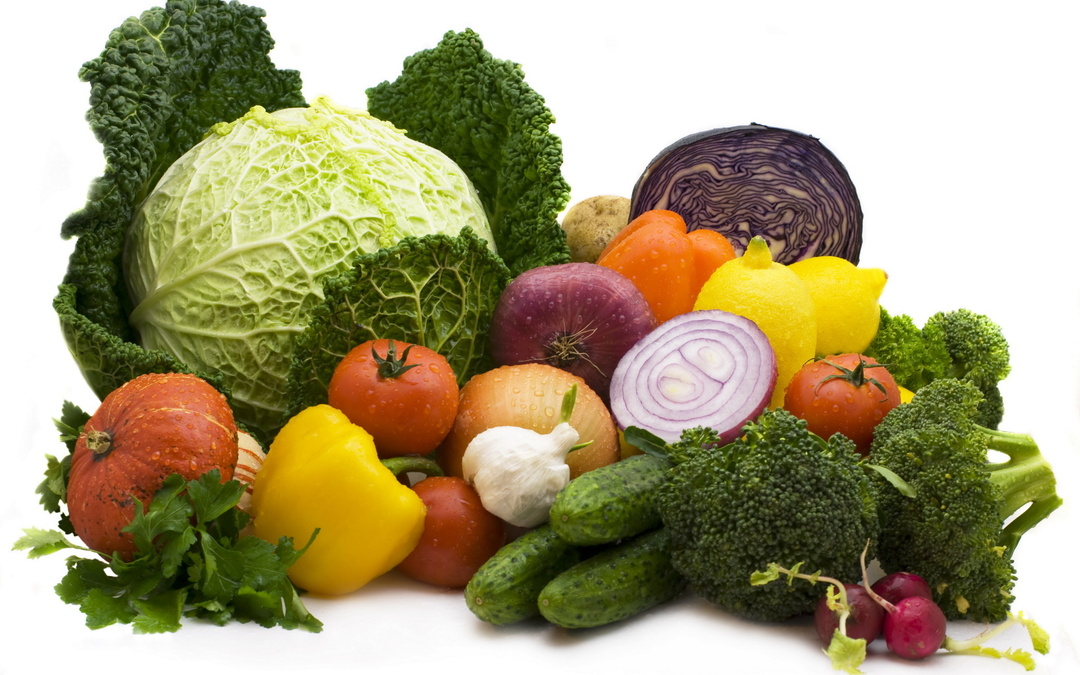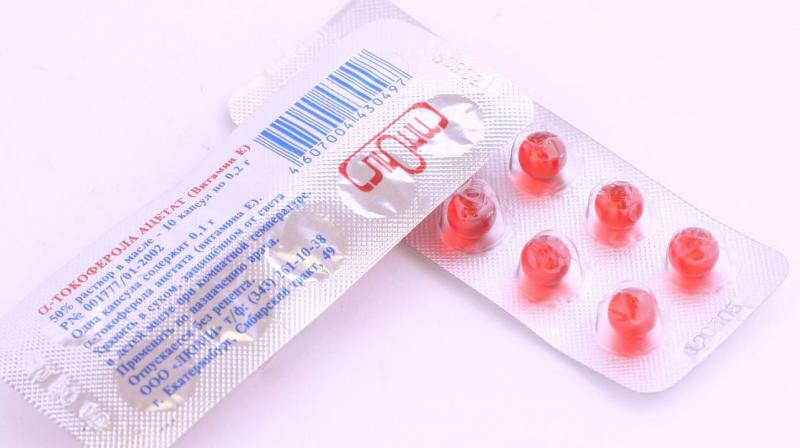Hyssop: medicinal properties, indications, contraindications
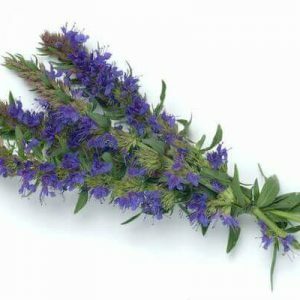
The medicinal plant hyssop was known to healers and healers in ancient times.Mention of this beautiful flower, called "holy grass," which has many useful properties, is found in various annals, legends, treatises compiled by renowned physicians of those times.
Contents: What does hyssop look like?Composition Therapeutic properties of hyssop Application of hyssop in folk medicine Contraindications to the use of hyssopWhat does hyssop look like?
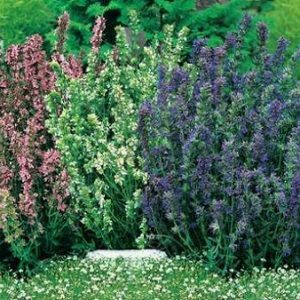 Hyssop is a plant belonging to the family of clearing, genus-mint.It occurs in Central and Middle Asia, the Middle East, and North America.It prefers places with a temperate climate, without sudden changes in temperature and other factors that have a negative impact on growth and development.
Hyssop is a plant belonging to the family of clearing, genus-mint.It occurs in Central and Middle Asia, the Middle East, and North America.It prefers places with a temperate climate, without sudden changes in temperature and other factors that have a negative impact on growth and development.
The plant is a small perennial shrub whose leaflets in the form of lancets are located on the long square stem.The flowers are small, located in stomata of leaves, most often white, pinkish or light lilac.The plant has a strong, brightly expressed aroma and unique taste.
Composition
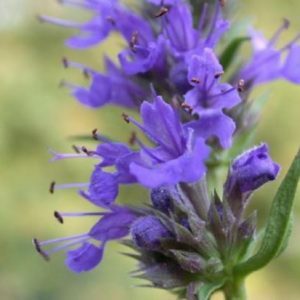 As a source of medicinal raw materials, hyssop uses all its parts except the root system. Due to the large number of active substances contained in grass, flowers and leaves, hyssop has a beneficial effect on the human body.
As a source of medicinal raw materials, hyssop uses all its parts except the root system. Due to the large number of active substances contained in grass, flowers and leaves, hyssop has a beneficial effect on the human body.
The most valuable that hyssop can give is considered to be the essential oil produced from it, containing high concentrations of pinene, aldehydes, terpenes, complex alcohols and other necessary compounds.
Leaflets and small hyssop flowers are rich in essential essential oil, mucus, tannins, various acids of natural origin( ascorbic, coffee) and flavonoids.The plant is remarkable because at different stages of the life cycle it has different composition and concentration of active chemical compounds. The most common hyssop is recommended to collect during flowering , because at that time the leaves and flowers contain the highest concentration of all the substances that hyssop is able to offer.
The healing properties of the hyssop
Thanks to the large number of active agents, the medicines containing hyssop have the following essential medicinal properties:
- antibacterial;
- is an anti-inflammatory;
- is an emollient;
- is a diuretic;
- is antispasmodic;
- regenerating;
- antiseptic;
- is capillaroprotective;
- nootropic;
- is a sedative;
- is antipyretic.
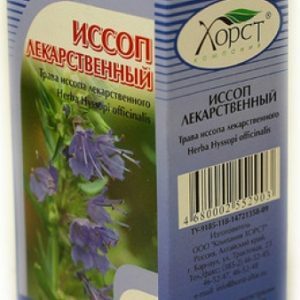 The most common hyssop is used as a means to facilitate sputum discharge with a dry and moist cough accompanying upper and lower respiratory tract infections. Thanks to the large amount of mucus in the plant, decoctions and infusions containing hyssop help not only to facilitate breathing, but also can remove inflammation in the esophagus, stomach and intestines.
The most common hyssop is used as a means to facilitate sputum discharge with a dry and moist cough accompanying upper and lower respiratory tract infections. Thanks to the large amount of mucus in the plant, decoctions and infusions containing hyssop help not only to facilitate breathing, but also can remove inflammation in the esophagus, stomach and intestines.
An increased amount of flavonoids has beneficial effects on the urinary tract, normalizing their activity and facilitating the outflow of urine.
Also, hyssop is often used to increase appetite, eliminate gravity in the stomach and bloating, relieve gastrointestinal and renal spasms and colic.
In addition, the plant helps to improve memory, increase concentration and attention, and normalize cerebral circulation.Due to its vasoconstrictive properties, it is recommended to use it as part of maintenance therapy in the postoperative period.
Application of hyssop in traditional medicine
Hyssop is not used as monotherapy.Most often it is combined with a variety of herbs in gatherings. Combine its use with other pharmaceuticals in the complex therapy of the following pathologies:
- cough;
- inflammatory diseases of the trachea and bronchi;
-
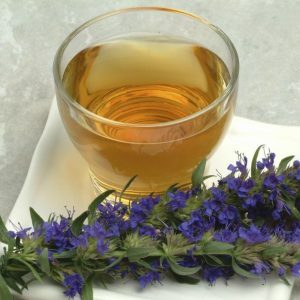 inflammation of the gastrointestinal tract, hypo- and hyperacid gastritis;
inflammation of the gastrointestinal tract, hypo- and hyperacid gastritis; - disorders of cerebral circulation;
- neuroses, stress;
- insomnia;
- menstrual pain;
- voice hoarseness;
- renal and gastrointestinal spasms;
- disorders of appetite;
- flatulence;
- seasonal depression;
- sweating;
- pain behind the breast bone in the pathology of the cardiovascular system;
- inflammatory diseases on the skin - poultices are used from decoction of a medicinal plant;
- as a rinse for inflammatory diseases of the mucous: angina, laryngitis, diseases of the teeth and gums.
For treatment, hyssop is used in various combinations: gatherings, infusions, decoctions of .Finely chopped and dried grass is sometimes mixed with honey and brewed for ease of use.
For external use, use warm compresses.
Important! Before using this herb in any form, consult a specialist physician beforehand.Hyssop contains high doses of active substances, so uncontrolled, improper intake can seriously damage health.
Contraindications to the use of hyssop
Any medicinal plant raw material has a number of contraindications, in which their use is impossible.
You can not use hyssop for such diseases:
- individual intolerance, the possibility of an allergic reaction;
- kidney pathology;
- chronic pathologies of a spastic character;
- epilepsy.
Important! In pregnancy and breastfeeding, hyssop is also contraindicated, since the active substances of the herb easily penetrate not only into the blood, but also into breast milk, being passed on to the baby.An increased concentration of essential oils may cause a neonatal allergic reaction.
Also, preparations from hyssop can interact with drugs to correct cerebral circulation, the amount of cholesterol, blood sugar level, immunostimulating and anti-inflammatory drugs, so doses and rational combinations are selected only by a specialist doctor.
If there are any negative side effects or a sharp deterioration in the state of taking medications from this healing bush, discontinue use immediately and contact the doctor for correction of pharmacological therapy.
Konev Alexander, internist

